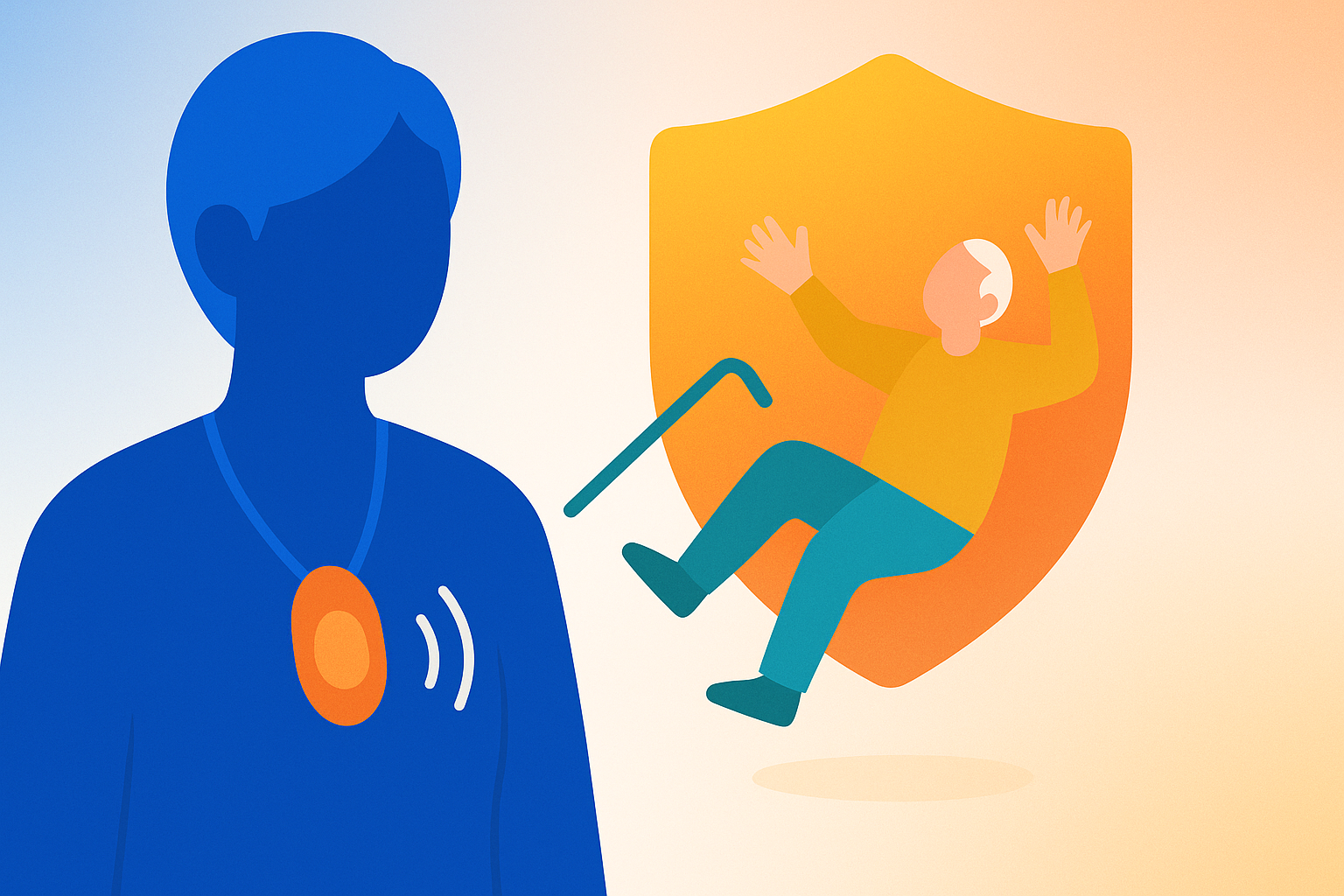


Personal Safety and Fall Alert Devices, also known as emergency alert systems or fall detection alarms, are wearable or portable tools designed to quickly notify others in case of a fall or emergency. These devices use sensors and communication technology to detect sudden movements or impacts and send alerts to caregivers, emergency services, or designated contacts. Ideal for individuals with mobility challenges, balance issues, or medical conditions that increase the risk of falls, these devices promote independence and peace of mind. They are commonly used in both home and workplace settings to enhance safety for older adults, people with disabilities, and anyone needing immediate assistance during unexpected incidents.
Begin by selecting a device that suits your lifestyle and medical needs, then follow the manufacturer’s instructions to set up alerts and contacts. Wear the device consistently, keeping it charged or with fresh batteries. Test the alert system regularly to confirm it works properly. Keep the device clean and store it safely when not in use. Communicate with caregivers or supervisors about how and when to respond to alerts for optimal safety.
Disclo streamlines requests, documentation, and tracking for Personal Safety and Fall Alert Devices, so HR teams and employees spend less time on paperwork and more time working productively.
